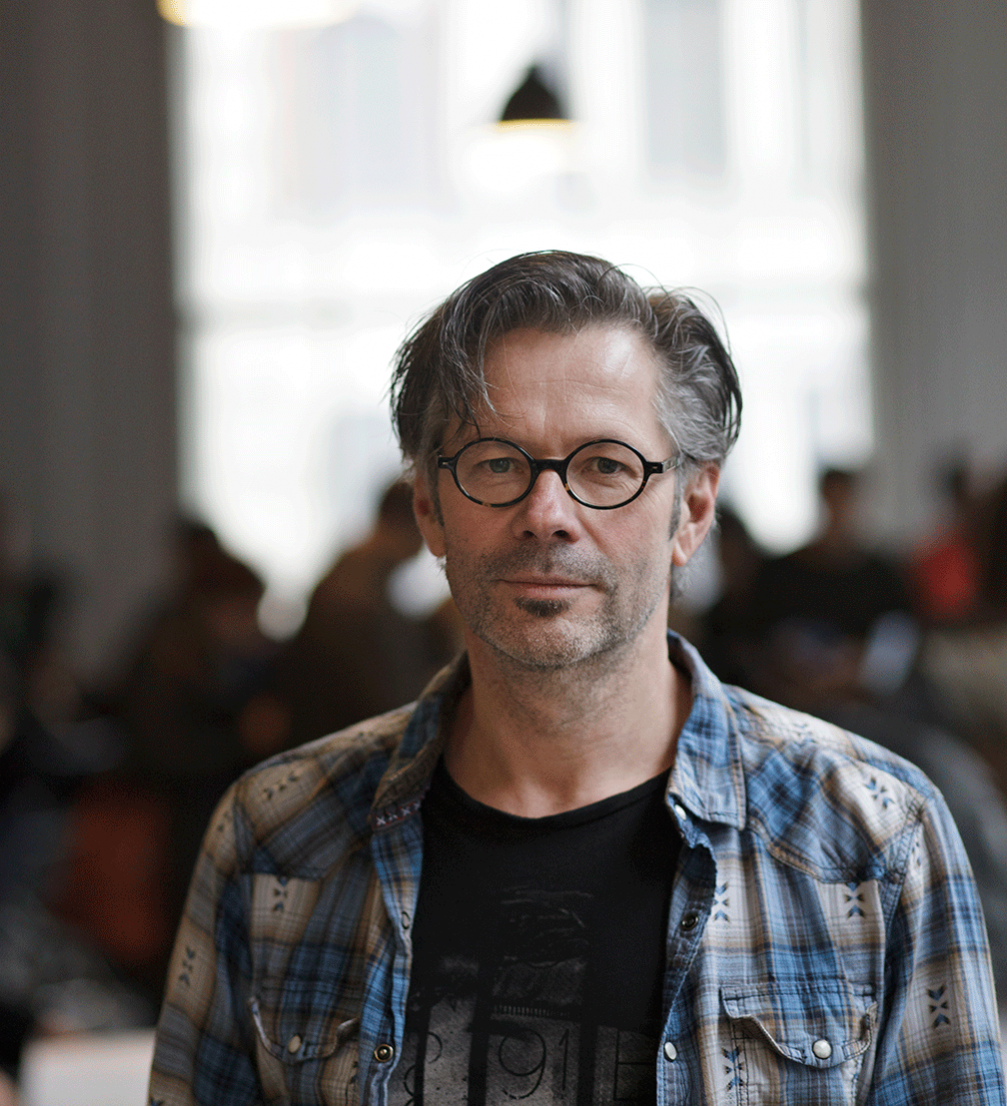
Teun van der Heijden leads a photo book design studio «Heijdens Karwei» in the Netherlands and over the years has stood behind many award winning photo books, collaborated with world renowned photographers and worked for the «World Press Photo». Teun shares his insight into the world of photo book making, challenges in delivering a visual story and balancing on the borders of conflict subjects.
How did you start working with photo books?
It happened roughly 10 years ago, after I had started working with «World Press Photo». The market was ruled by publishers back then, and self–publishing almost didn’t exist. Publishers funded the books and decided which designer to work with. Eventually photographers started saying that they would like to work with a specific designer of their choice. And a lot of publishers had a difficulty with that. The Dutch publisher «Mets & Schilt» (later «Schilt Publishing») produced photo books, and it just happened so that within a month three photographers that wanted to work with them mentioned my name. The publisher got curious and invited me to meet him. Today the market is different, in most cases photographers themselves are responsible for finding the funding, therefore their voice becomes stronger in the production process.
How do you choose the projects that you work with? What is it that convinces you to take on a project?
Basically the projects choose me. It’s already quite strange that as a designer you earn your living by only making one product — the photo book. At «Heijdens Karwei», occasionally we do other stuff as well — I will not say no to an art book, I still love designing an exhibition and sometimes I make a poster. But because I became known as a photo book designer, now a lot of photographers from all over the world contact me.
What lies behind the choice? Sometimes it’s a personal thing — you love the work and you want to be involved, or you want to collaborate with a certain photographer. Sometimes you feel that the story needs to be out there or it’s simply a challenging assignment. International publishing is a business, and the invested money needs to be returned. That is why I also like to collaborate with young photographers and students, and every year I do a graduation project. Of course, it’s little money, but there is a possibility to experiment.
It is very important to me that the photographic content has a narrative. My job is to make a body of work better, making a good edit and a good sequence. Ideally I can function as the co–storyteller.
It seems that you work with controversial, conflict and socially sensitive subjects, and documentary photography more frequently. Why is that? Are these stories behind the photographs more valuable for you?
It’s partly because I come from the realm of «World Press Photo». My first books were journalism–related and 10 years ago most books in this field were boring. So I was exploring where the boundaries lie. The publishing industry changed, documentary became more artistic and journalists would look at the world differently as well. One of the most interesting experiences I’ve had was doing the book «Black Passport» with Stanley Greene. He is a well known conflict photographer, but also a very interesting character. We worked 4 years on that book, and from the very first evening we were trying to do something different. «Black Passport» is about the private life of a conflict photographer. Nowadays, when the conflict photography is becoming an industry and even more a competition, it’s not a crazy thing to look at a private life of a person who creates these stories. It’s a way to learn something about his motivation.
The main reason why a project like that takes 4 years is that you also experiment by going over the edge. «Black Passport» started when Stanley showed me images of his ex–girlfriends. We had gone through all of his archive and I remember that I had this flash in my head of this almost over–romanticized photograph of one of his girlfriends lying naked on the bed and another really horrible photograph of a black burnt body. As a designer, for me it was about the form — the black body on a white background, and this very young fragile girl lying on a black background. But thinking like that is dangerous because you go for the effect. If you turn it into a narrative, a story that has many layers, eventually you can bring both photographs into one book.
How much freedom do you give the photographer to participate in your design process?
Actually it’s about how much freedom the photographer gives to me. It’s quite obvious that the author is more involved in the whole storytelling than the designer who is helping him. My vision got stronger over the years. For a long time I learned simply by following the instructions of the photographer. And within this experience I figured that the ideal would be a 50/50 collaboration. I became more and more involved as a co–storyteller. So now a lot of photographers contact me at the beginning of the project, which makes it possible to actively take part in their process. It’s always good to already have some substance, because it’s nice for me to see what the photographer’s handwriting and style is.
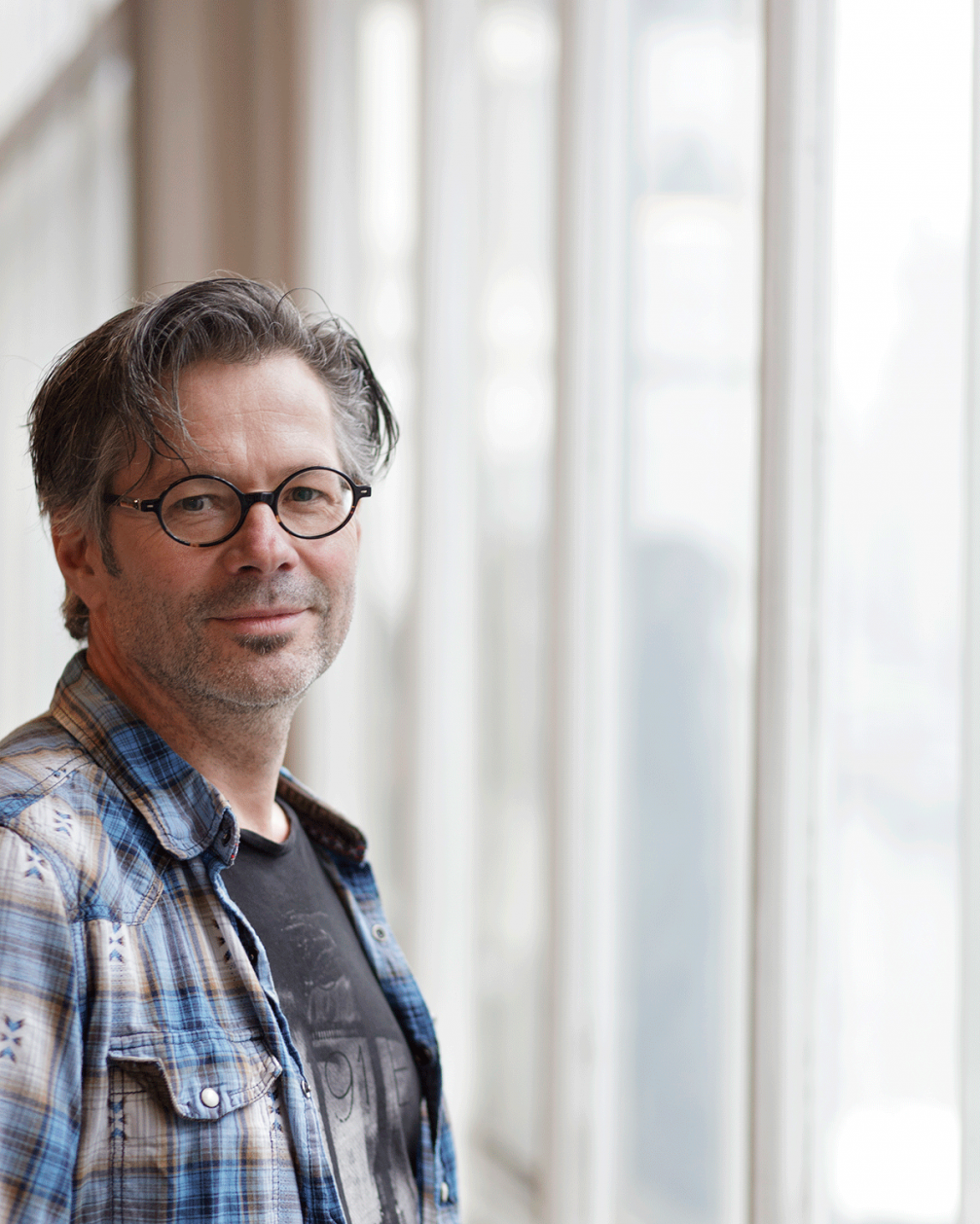
Can you describe a book of your own that you believe to be your best work?
In most cases photographers are lousy editors of their work, because they are too emotionally attached. They would fight for a photograph that they remember took half a day to make, but throw out a good one they’ve made more or less accidentally. The same goes for me! There are two ways — to judge the work as it appears and to judge the effort it took. «Black Passport» took a lot of effort and it was a great life experience, but some books are made quite fast, because all of a sudden things happen. I didn’t spend a lot of time on the book «What We Wear» that I did with a student Pieter van den Boogert, but somehow it turned out to be a very good book. Pieter followed a trail of the clothing industry, using 35 mm and panorama formats. Often when a book contains panoramas, I use foldouts, but they have their restrictions. It was important for panoramas to stay in a chronological order; therefore I came up with an «accordion», dividing the panoramas over 4 pages.
What is a good photo book, how to evaluate that? Can you name some examples that you consider excellent?
I’m doing close to 15 books a year, and maybe every two years you make something that you look back at and feel it was really special. But it’s not that you treated it differently or you walked a different path. In one case you have to pull out all your tricks and knowledge to make it special, and another time you have to do little and stay away from all that.
Beautiful photos don’t automatically make a good photo book. A book is an object, it is more important that a book feels good, than it looks good.
I always say that design follows the story. Don’t just decorate. When you have a good narrative, from that point on it can go in many directions. I try to see myself as the extension of a photographer; I try to continue the photographers work from the same core where the story comes from.
I really like the book «Telex Iran» by the photographer Gilles Peress. It’s more than 15 years old and back then it was one of the most interesting books in journalism. And it still is.
How do you organize the layout and choose the composition of photos?
You have to connect the form to the basic concept. For «Black Passport» the basic concept apart from the nice elements like round edges that give the feeling of a passport, is that it’s actually a visual novel. Most classical photo books have a bigger size, so I specifically wanted «Black Passport» to have a size of a novel, so that you could read it like one. Also the text and the photographs have to be in balance, so that they don’t interrupt the rhythm of the photo book.
The speed and rhythm of a photo book is faster than a text book, but slower than the film.
One of the latest books I did was «Via PanAm» for Kadir van Lohuizen. The reason why I decided to make a bigger book is that a lot of Kadir’s work is landscape photography and it needs a certain size. He took the photos travelling from South to North of the Americas and the landscapes represented this road movie kind of feeling. At the same time it’s a social story about people you meet on the way, the family portraits. I used a full spread for the landscape as a reference of looking at a road movie and then in the half pages I put the pictures of families, as if they are actually living in the landscape.
There are limits to the form of the book. If you cross the boundaries, then at a certain moment your presentation is not a book anymore. This borderline is where the contemporary visual book can be at its best compared with screen based presentations.
You have been making the «World Press Photo» yearbook for over 10 years already. What have you learned in these years, and do you still find it challenging?
It is very interesting for me, because it’s almost the opposite of self–publishing. The «World Press Photo» is a huge organization with a responsibility for a really big audience, so it’s quite dangerous for them to be very fancy or trendy, but at the same time they need to be contemporary. «World Press Photo» stands for the best photojournalism in the world. So there is a danger — if you start playing too much, it may devaluate the brand. And it’s still a challenge to turn this catalogue of the diverse winning work into a narrative.
Why does self–publishing matter?
It gives joy to people that are in the process of doing it themselves, as well as to their audience. I like variety, sometimes being a part of a very professional team, and sometimes being almost a self–publishing duo with the photographer going for 100 copies. And then every page of those copies is touched by the artist, which can make the whole thing even more special. If you put a lot of effort in your work and if you find an audience of 10 people, who you communicate with and who are talking about these copies, then for me it is as serious as going for a run of 6000.
The media landscape has really changed. Earlier, if you wanted to communicate with a larger audience and bring your story out there, you were dependent on TV, magazines, newspapers, publishers and their network. Since social media exists, every self–publisher uses it to communicate, therefore we are independent. Without the social media self–publishing would have never existed.
Seeing these changes, what would be your opinion on what kind of books people want to see now?
Photography has become a visual language, and we’re literally talking with images. But we are still dealing with an audience that is not very experienced in reading visual stories. As children we learn how to speak, then in school we learn to read and write, the basics of our education. By the time we grow up and read our first Russian novel, we are quite experienced in the language of reading.
Although our world has become very visual in the last 20 years, we’re still not educated in the visual language.
At a certain moment, when the audience is educated enough, they are longing for things that are new and more difficult to read. So the more people are educated in the visual language, the more there is room for high quality visual literature.
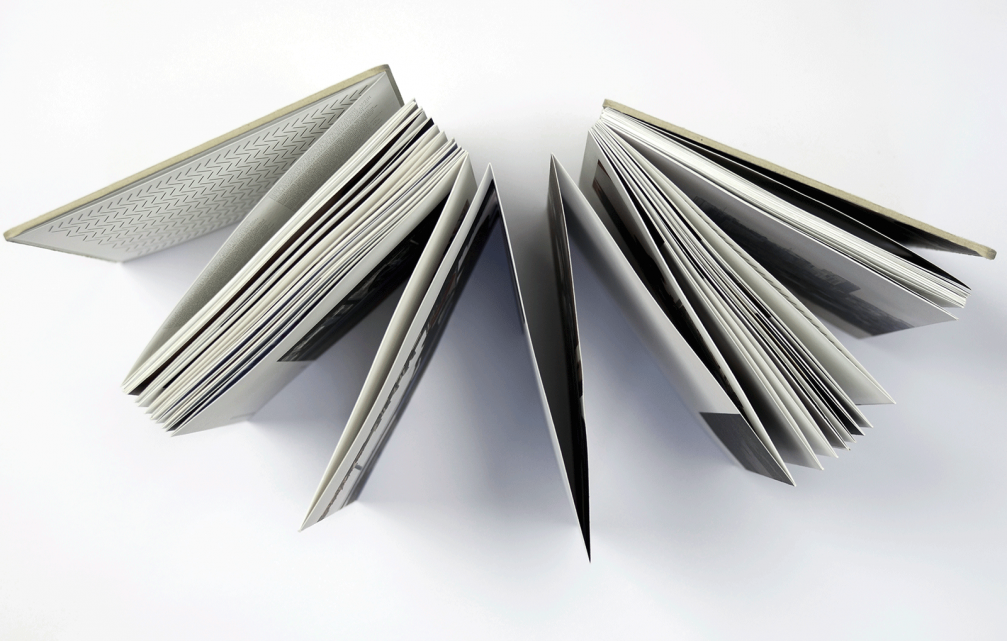

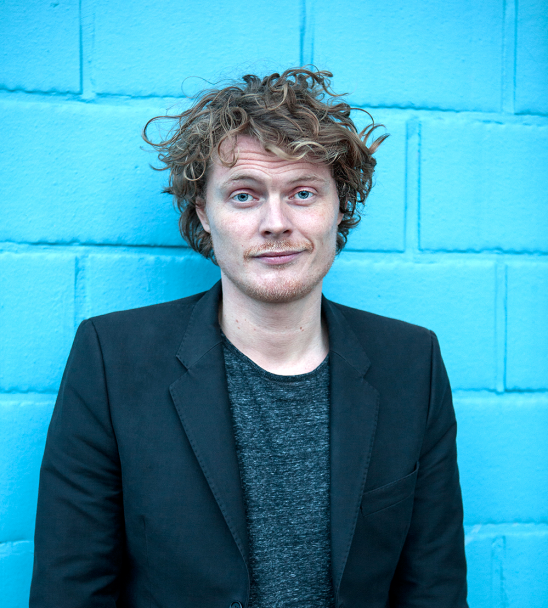
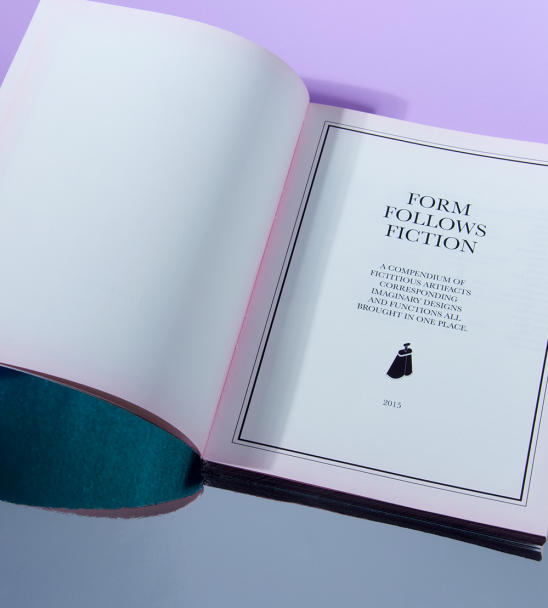
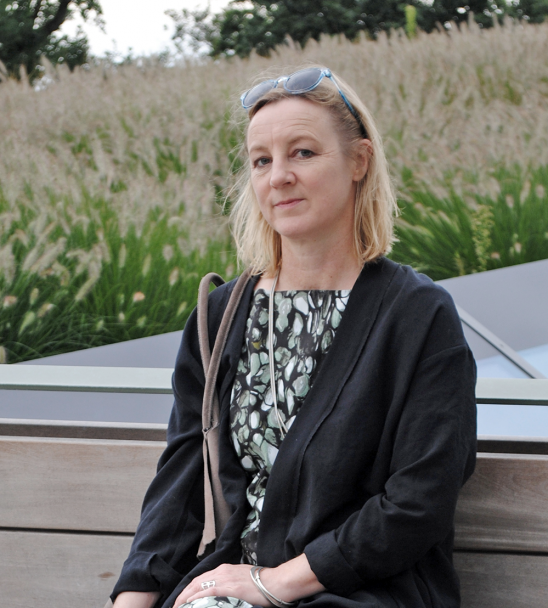
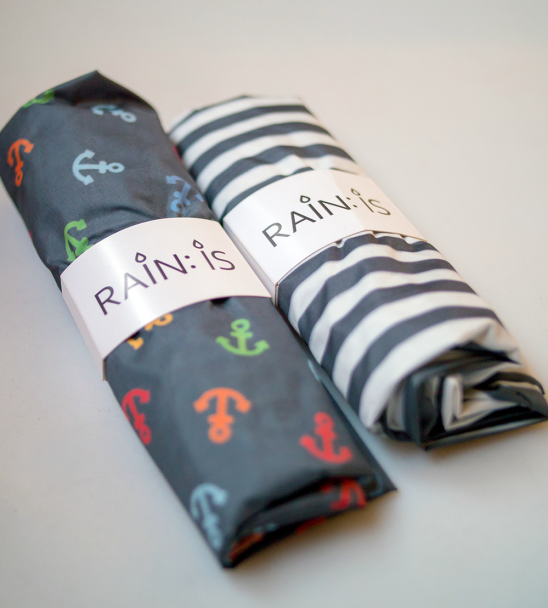
Viedokļi